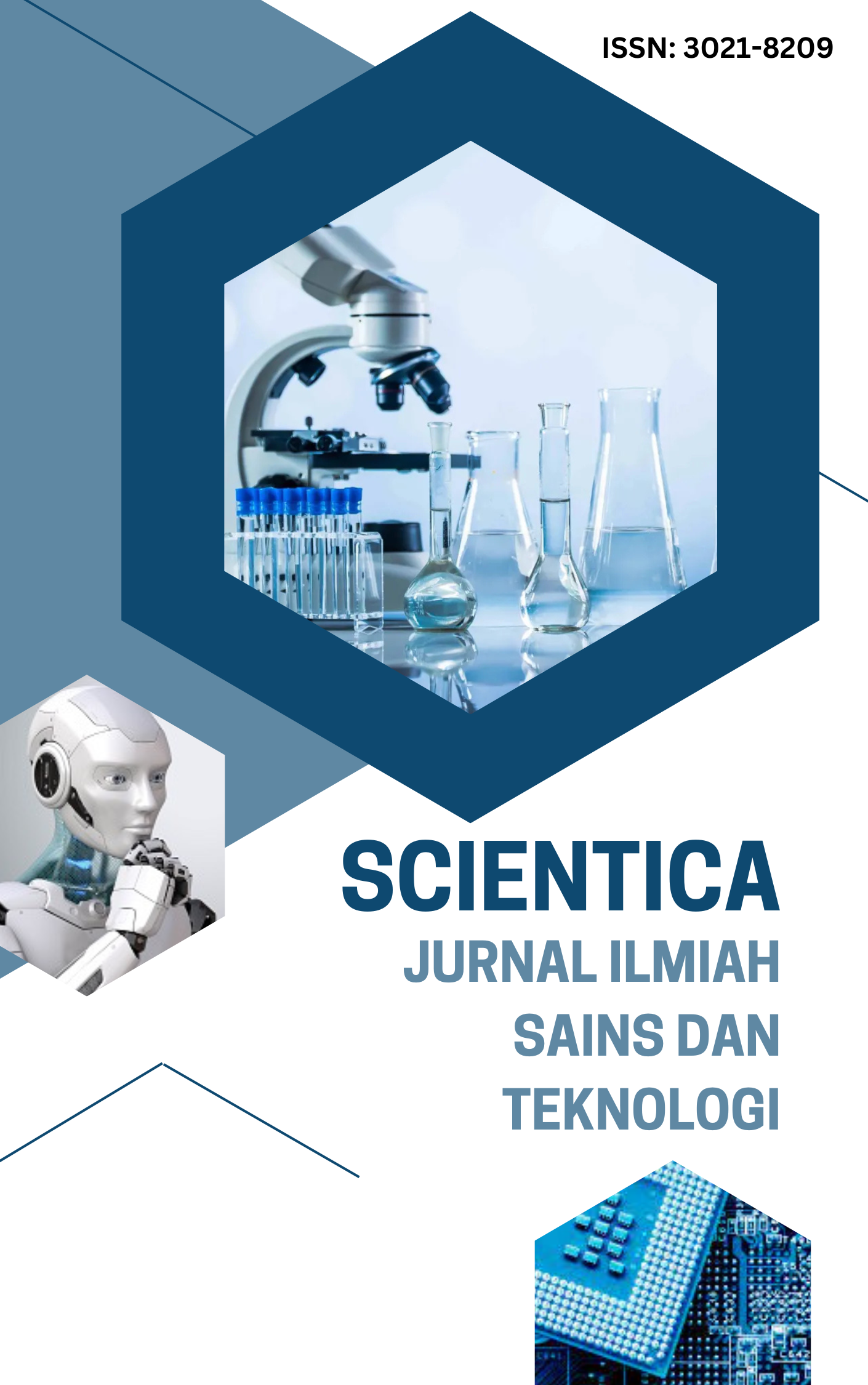THE EFFECT OF WORK LIFE BALANCE AND WORK STRESS ON EMPLOYEE PERFORMANCE THROUGH HUMAN CAPITAL AS AN INTERVENING VARIABLE AT PT. BRI MULTIFINANCE INDONESIA KC MANADO
Keywords:
work life balance, work stress, employee performance, human capitalAbstract
In the current era of globalization with increasingly tight business competition, it is necessary for companies to have superior and reliable human resources, namely those with the best performance. This study aims to analyze the direct and indirect effects between work life balance and work stress on employee performance through human capital as an intervening variable at PT. BRI Multifinance Indonesia KC Manado. Data collection in this study used a questionnaire and the sampling technique used was a saturated sample with 30 employees as respondents. The data analysis technique used was SEM PLS using Smart PLS ver 4 software. The results of this study are: 1) work life balance has a positive and significant effect on employee performance, 2) work stress has a positive and insignificant effect on employee performance, 3) work life balance has a positive and significant effect on human capital, 4) work stress has a positive and significant effect on human capital, 5) human capital has a negative and insignificant effect on employee performance, 6) work life balance on employee performance through human capital has a negative and insignificant effect, 7) work stress on employee performance through human capital has a negative and insignificant effect.
Downloads
Published
How to Cite
Issue
Section
License
Copyright (c) 2025 Victoria S. Kawatu, David P.E. Saerang, Victor P.K. Lengkong

This work is licensed under a Creative Commons Attribution-ShareAlike 4.0 International License.






